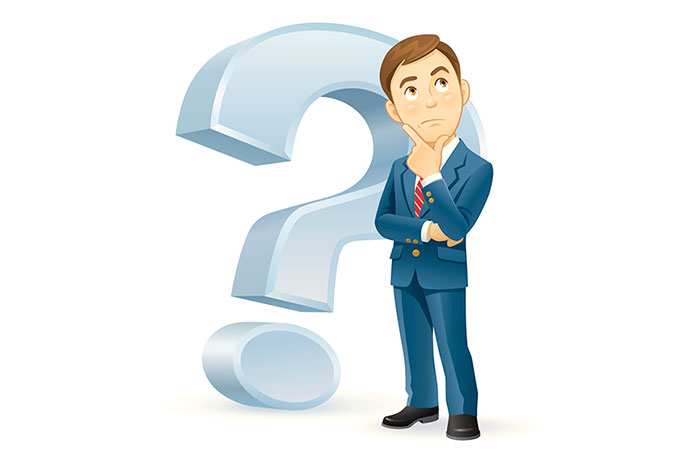
If you’re the potential buyer of a business, learning how to value a business for sale is extremely important. The fair selling price for a business is the amount the seller is willing to take and the buyer is willing to pay. When buying a piece of real estate, comparisons are made of similar properties, along with other factors. When buying a business, you cannot compare similar locations, as two identical businesses located side by side could be worth totally different amounts. While location is important, the major item to consider is the adjusted cash flow. If the business is listed with a professional business broker, that broker will have gone through several methods to help the owner determine a listing price; so it should be a good picture of the true worth. Of course, you will want to get the financials and crunch the numbers for yourself.
Asset Values
Before I comment further on cash flow values, there is an alternative. Asset Value of a business is what its tangible assets would likely bring on an open market by a willing seller to a willing buyer, neither acting under duress. A company’s Asset Value bears a close relationship to its true value only when its cash flow isn’t sufficient to justify appreciable “goodwill.” Tangible assets are current inventory, furniture, fixtures, equipment, and leasehold improvements. Leasehold Improvements are work and additions to the leased property that cannot be moved, making it an asset when the business is sold. The assets are included with the sale of the business with a positive cash flow at no additional cost, as they are considered to be necessary for the shown profit and adjusted cash flow. Sometimes buyers are willing to purchase the assets of a business not showing a profit, as they have a plan to turn the business around or use the assets in another business.
Cash Flow
The company, as a going concern, derives value from its ability to generate positive cash flow. An analysis is made using financial statements from the previous three years, including adjustments for such expenses as the owner’s salary, interest, non-recurring expenses, depreciation, personal benefits and any expenses deemed unnecessary to the successful operation of the business. You will also want to see the current financial statement.
Determining the Business’s Value
Several methods are used by business brokers to help determine the value. Some factors used when calculating these methods are competitive environment, industry outlook, depth of management, financial track record and return on investment when compared to safe, passive investments. All of the methods used assume a buyer will purchase a given business if its cash flow will satisfy the buyer’s three primary needs:
1. Debt Service – A safe level of debt service is considered to be 25% of the current annual cash flow;
2. Living Wage – Research shows that a buyer tends to set aside his last year’s gross income as a down payment on a business;
3. Suitable Return on Investment (ROI) – A buyer could leave his investment (down payment) secure in a long term bank certificate of deposit or Treasury bill.
Finally, some other factors to consider are the history of the business, personnel, market position, business plan, condition of equipment (must be in good working condition at closing), location, amount and terms of lease, years in business, client list, eye appeal, reputation and competitive situation. Do your research and make sure a large competitor who could take many of your customers, is not going in just down the street. Start with a business broker to get a marketing packet with the basic information. From there, get the financial statements and crunch the numbers. Prepare the pro-forma financial statements and make sure the numbers work for you.
